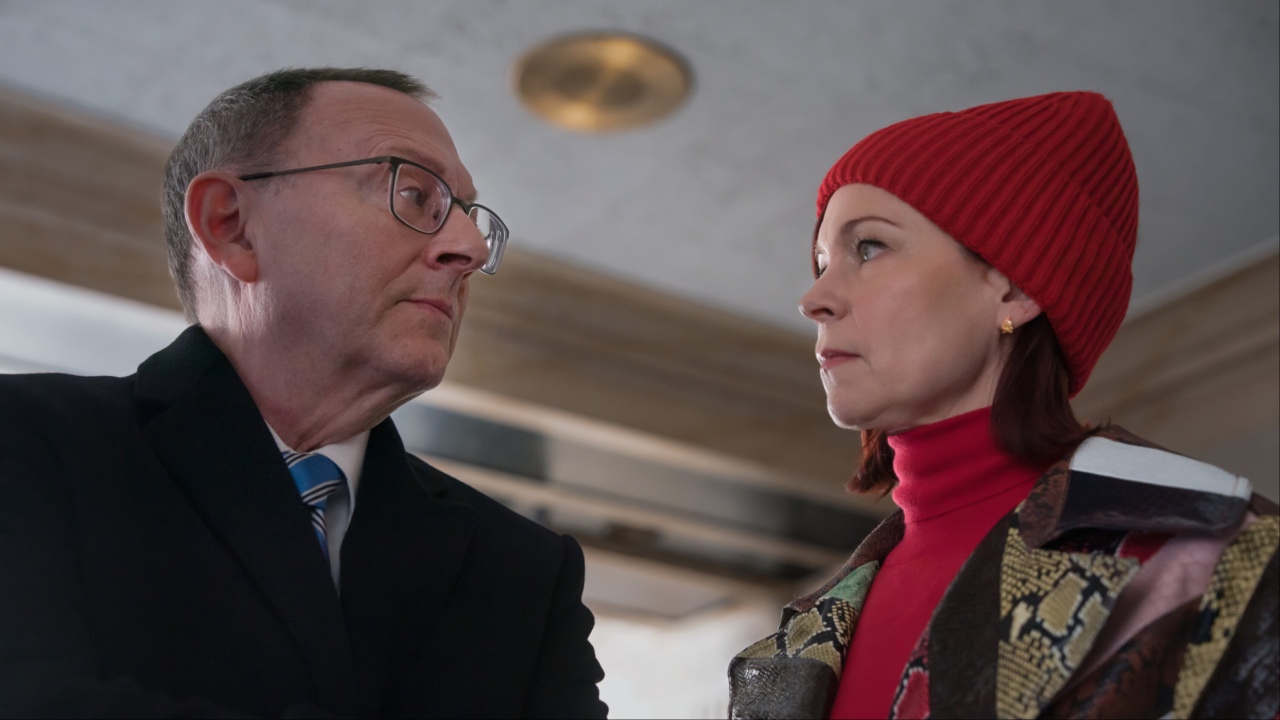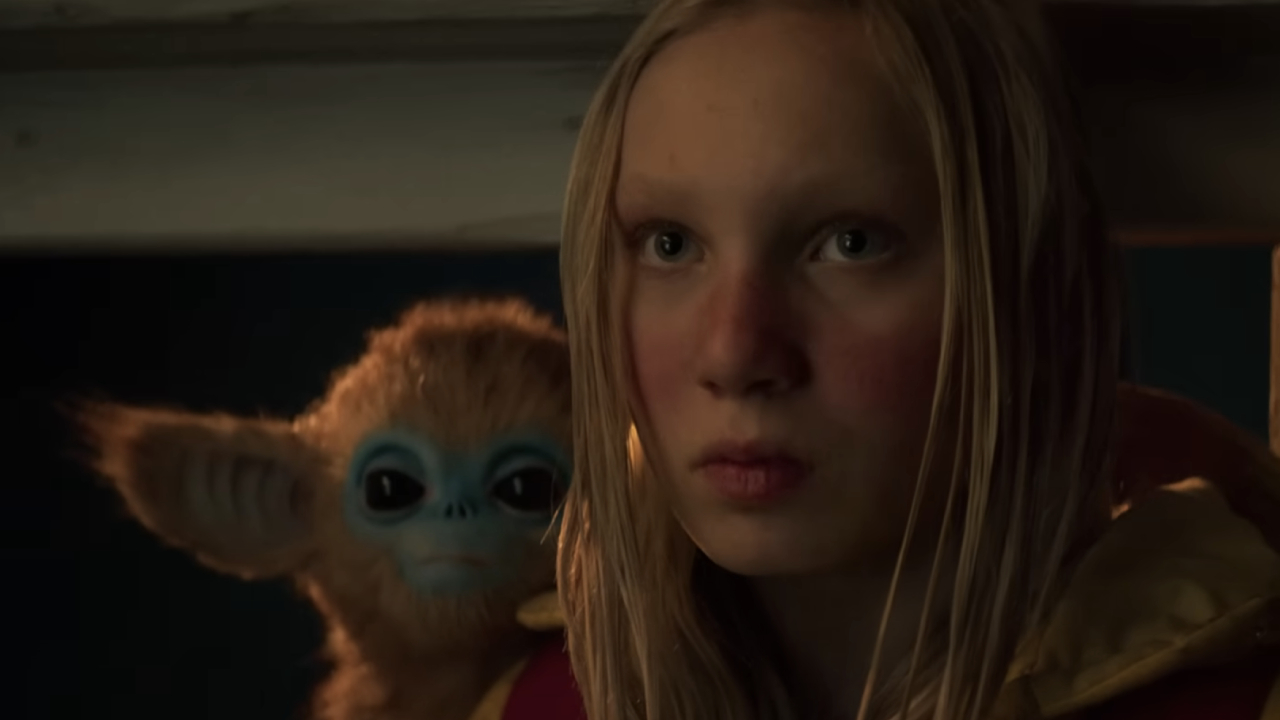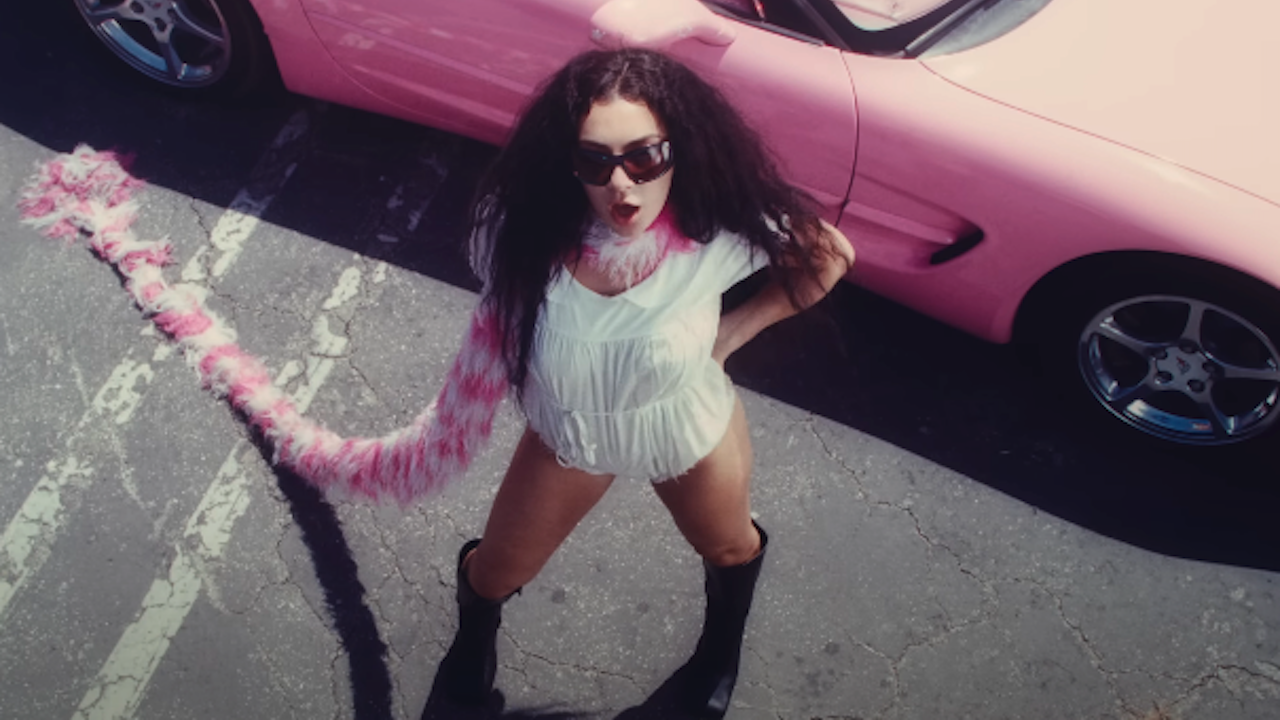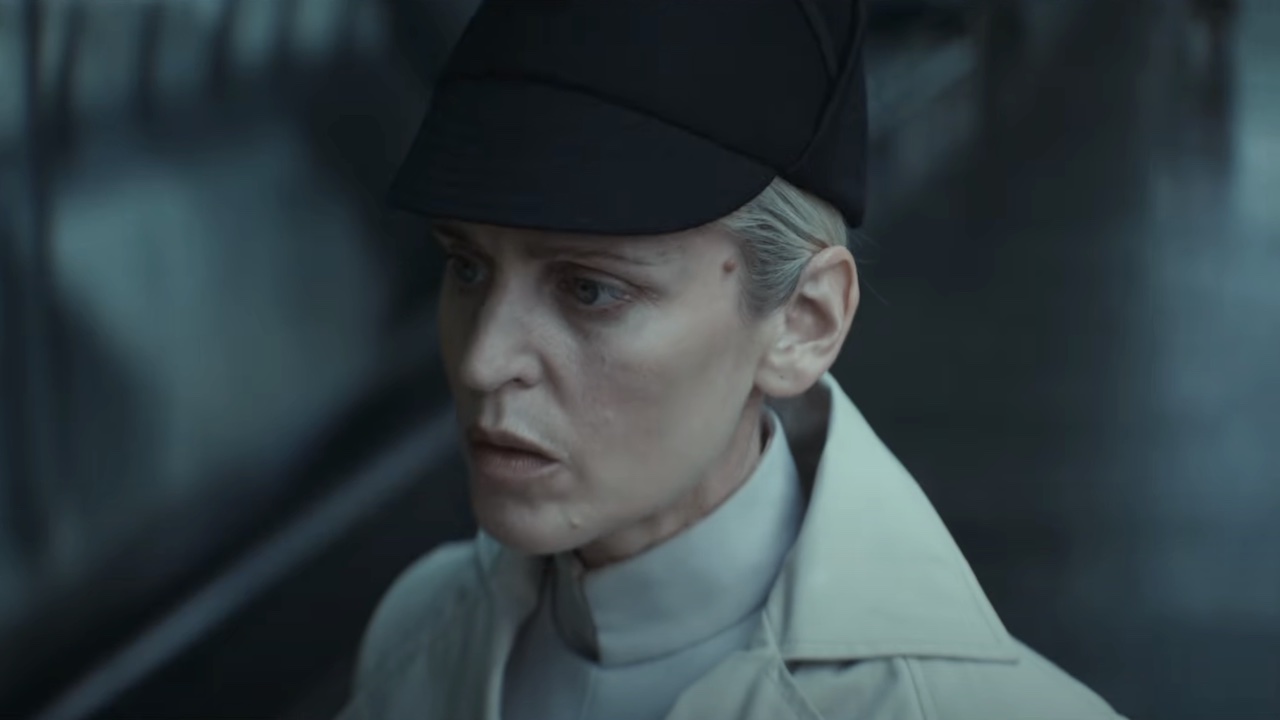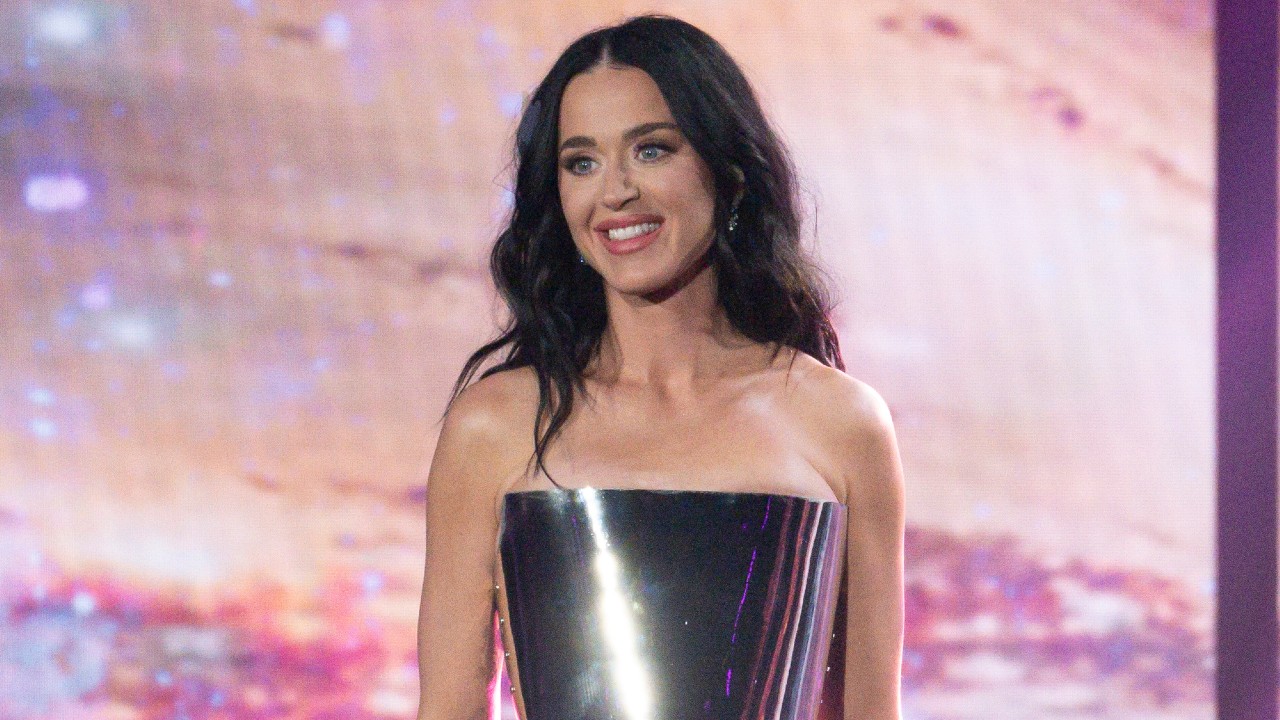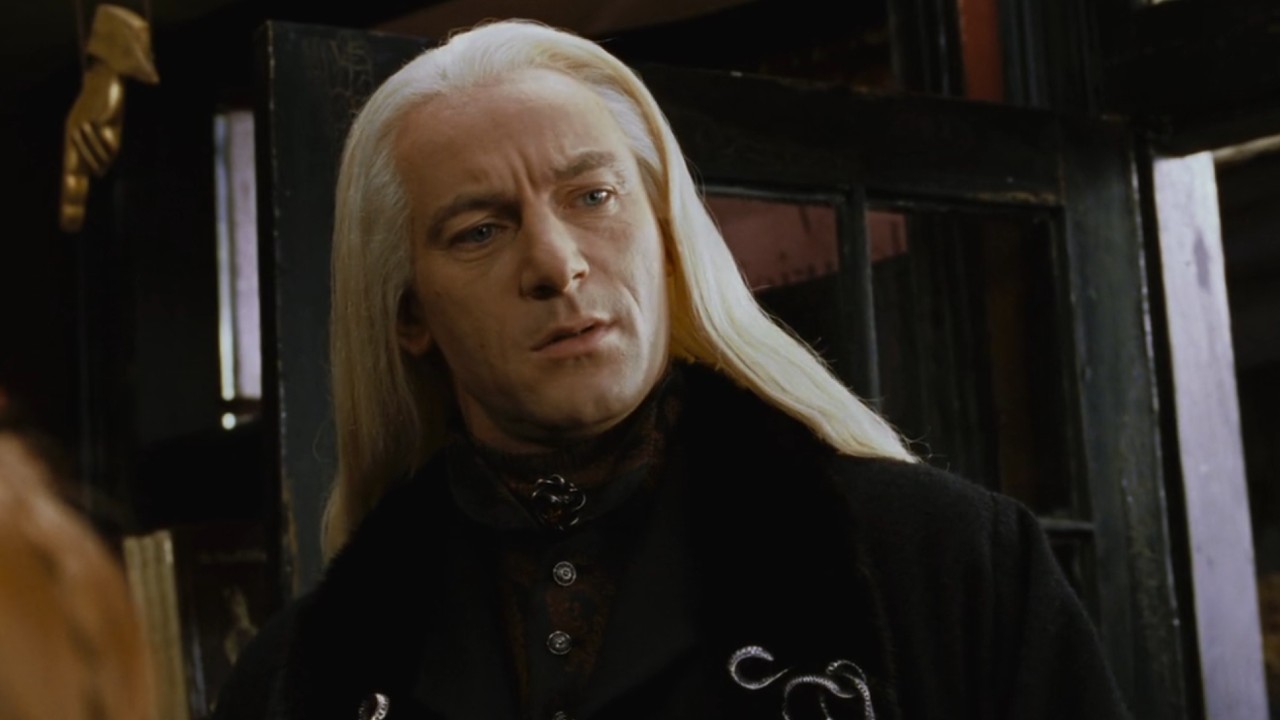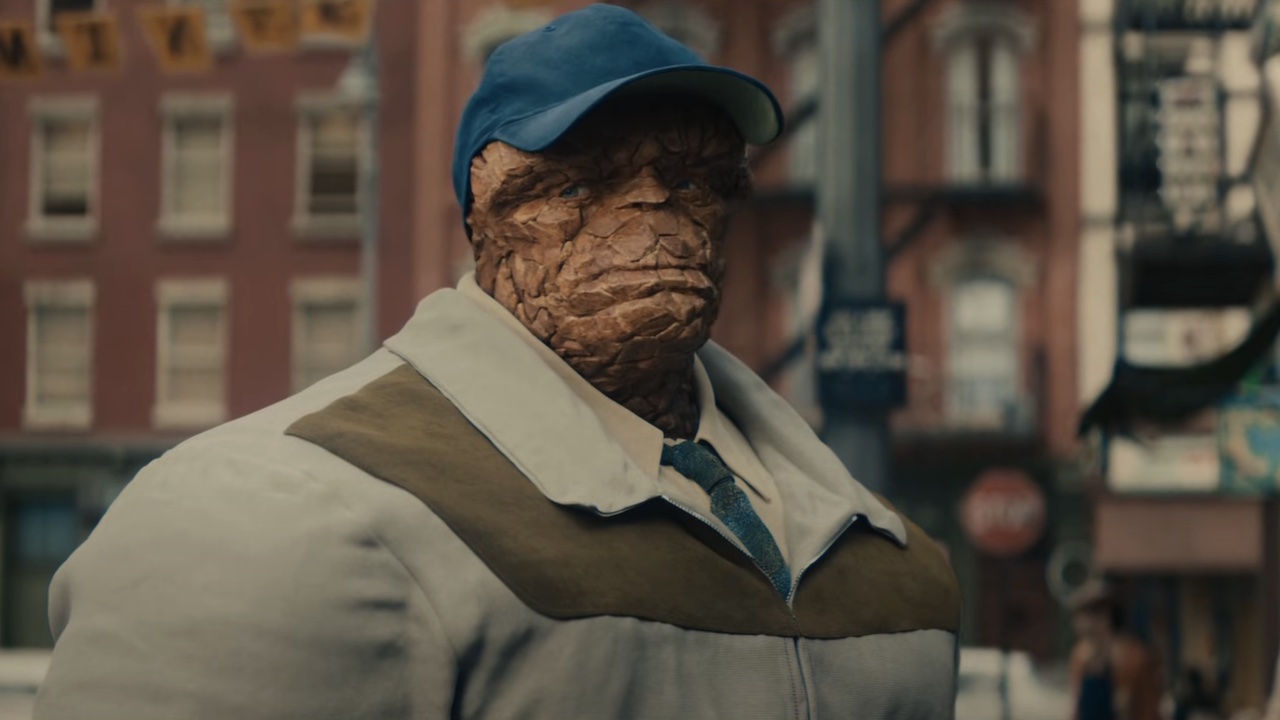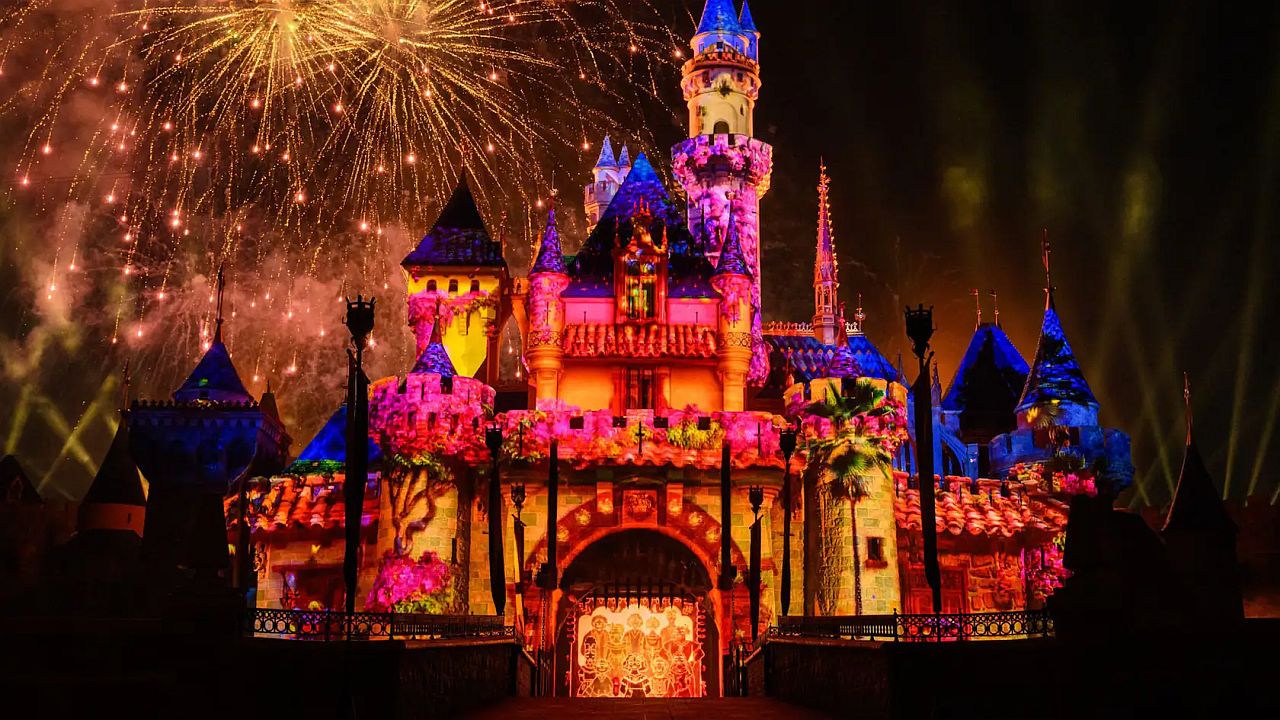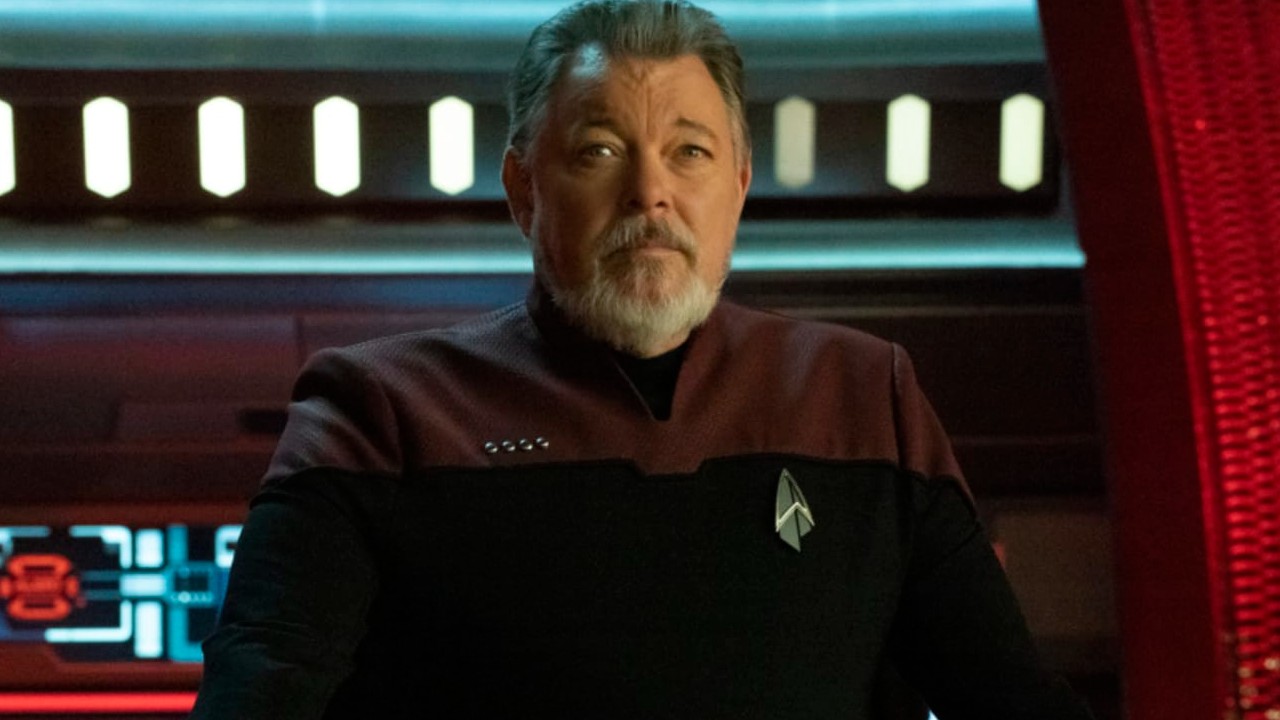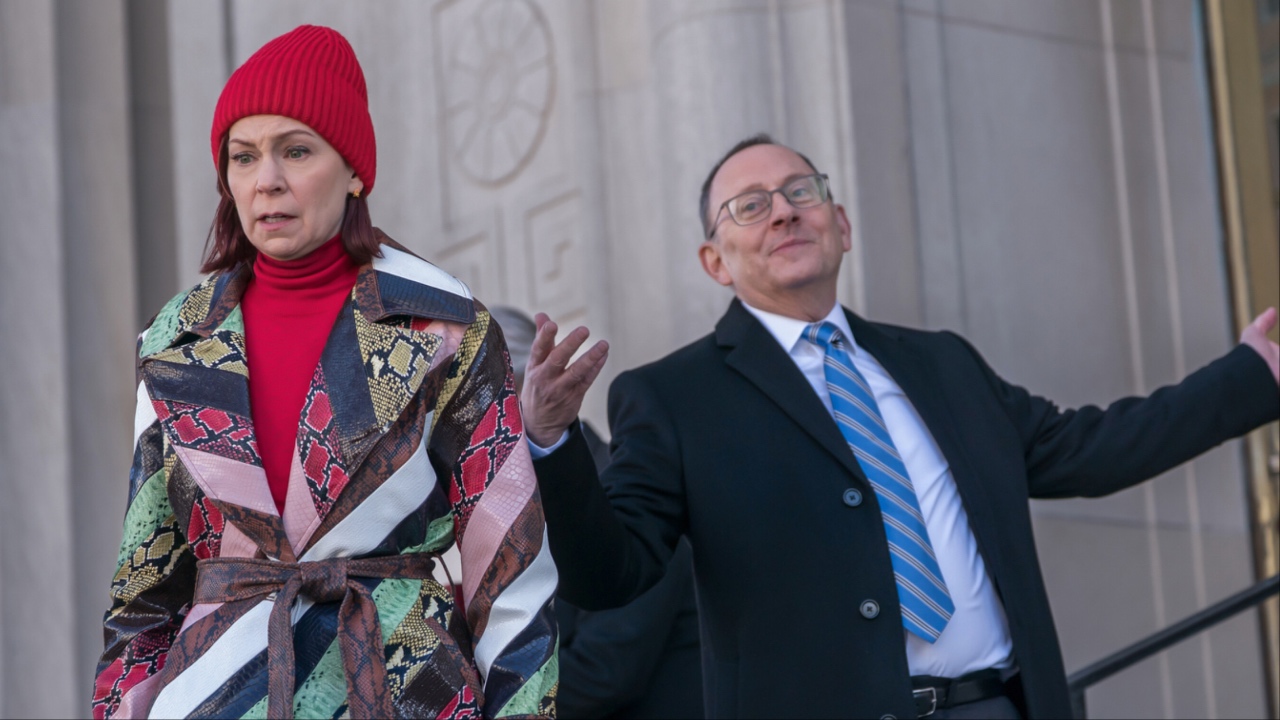This Means War Could Have Had Clue-Style Alternate Endings
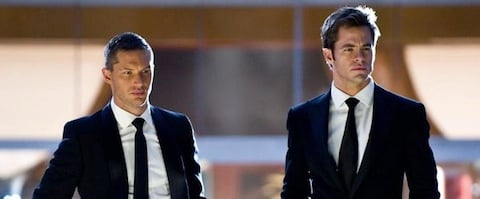
Did you know that when the movie Clue was released in theaters, only one of the three possible endings was featured in a given screening? Only ever having seen the film on TV and video (VHS, not DVD), I always assumed the “That’s how it could have happened” set-up, which delivers three different endings, one of which is declared “what really happened,” was the way the ending was always designed to play out. Apparently not. While Roger Ebert called Paramount’s strategy to play each version of the film in a third of the theaters, “ingenious,” the tactic didn’t exactly pay off dramatically in the box office, which might explain why it hasn’t been used all that often since.
The subject of Paramount’s unorthodox strategy with Clue came up in an article MovieLine ran about This Means War. (Rest assured, neither ending is revealed in this article). The McG film, which is set to release in theaters on Valentine’s Day, stars Reese Witherspoon, who plays a woman who finds herself dating two men (Chris Pine and Tom Hardy). Unbeknownst to her, her new boyfriends both happen to be spies for the CIA and best friends. Who she ends up with is likely to be the big question as the two men battle it out to win her away from each other. McG discussed the movie at a press conference last week, and mentioned that the idea had been “tossed around early on” to release two different endings into theaters.
“We wanted to have flexibility and even talked about two endings and releasing it on 3,000 screens -- 1,500 have this [ending] and 1,500 have that one, and just not saying anything,” McG said. “But it felt a little gimmicky in the end.”
Gimmicky or not, as MovieLine notes, the tactic might have paid off in enticing those who liked the version they saw well enough to come back to see the alternate ending (assuming they were within proximity to a theater playing the other version).
The issue I have with alternate endings is that I feel as though it dilutes the impact of the chosen ending, assuming there is one final ending. It’s one thing for a director to reveal concepts they’ve toyed with to conclude the story they’re telling in a film before settling on a final version. It’s another to reveal on film what might have happened. Creating the image of another ending makes the hypothetical scenario feel a bit less hypothetical to me, even if it’s just tucked away as a bonus feature on a DVD. For me, it’s less about the gimmick, and more about preferring the story-teller conclude their story with the ending of their choosing. Make a choice and present us with the “real” ending. It completes the movie, for better or worse. Even an open ending is better than two endings.
A film like Clue might be a rare exception to the above, due to the theatrical, borderline goofy style of the comedy, which might lend some flexibility to the ending. While I think Ms. Scarlett's ending is the most entertaining, the final ending shown in most airings of the film is the most satisfying, and that may very well be because the movie tells us that this is how it really happened. In short, as fun as it might be to see a movie in the theater twice and have the ending change the second time, I’m not sure I’d feel quite as satisfied by it, not knowing which was the "real" ending, and that might also change my perception of the story.
More on This Means War can be found in our Blend Film Database.
CINEMABLEND NEWSLETTER
Your Daily Blend of Entertainment News
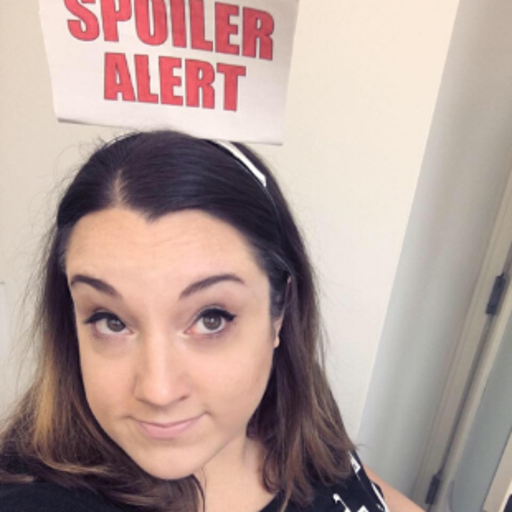
Kelly put her life-long love of movies, TV and books to greater use when she joined CinemaBlend as a freelance TV news writer in 2006, and went on to serve as the site’s TV Editor before joining the staff full-time in 2011 and moving over to other roles at the site. At present, she’s an Assistant Managing Editor who spends much of her time brainstorming and editing features, analyzing site data, working with writers and editors on content planning and the workflow, and (of course) continuing to obsess over the best movies and TV shows (those that already exist, and the many on the way). She graduated from SUNY Cortland with BA in Communication Studies and a minor in Cinema Studies. When she isn't working, she's probably thinking about work, or reading (or listening to a book), and making sure her cats are living their absolute best feline lives.
